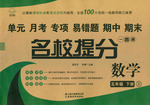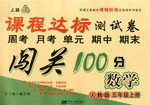题目内容
语法填空
阅读下面材料,在空白处填入适当的内容(1个单词)或括号内单词的确形式。
Wang Peng sat in his empty restaurant feeling very frustrated because no customers came to his restaurant. 1. (Curious) drove him to follow a customer into a newly-opened restaurant. He found that Yonghui opened a restaurant where only 2. (slim) foods were served to help people lose weight. After having a look at the menu, he 3. (amaze) at the choices of food and the prices4. cost more than a good meal in his restaurant. He thought he could not have Yonghui 5. (get) away with telling people lies! After a lot of research he realized that Yong hui’s food could not give people enough energy to keep them fit. He felt more 6. (hope) as he drove back home. He wrote his sign in order to win his customers 7. . A week later, Wang Peng’s smile left his face when Yonghui said he 8. (spy) on her menu. Then later they found 9. of their restaurants offers a balanced diet and decided to combine their ideas and provide a new menu with food which can cut down the fat and increase the fiber. Their balanced diets became such 10. success that before long their business cooperation turned into a personal one. Finally, they got married and lived a happy life.
 名校联盟冲刺卷系列答案
名校联盟冲刺卷系列答案 名校提分一卷通系列答案
名校提分一卷通系列答案 课程达标测试卷闯关100分系列答案
课程达标测试卷闯关100分系列答案
